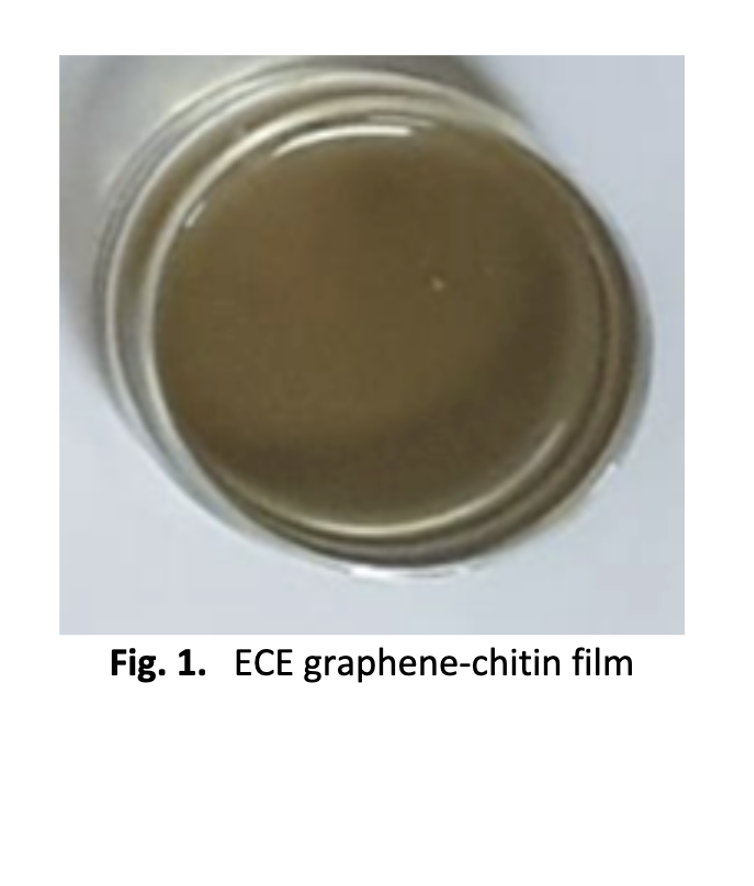Passively Q-Switched Thulium-Holmium Doped Fibre Laser with Electrochemical Exfoliation Graphene in Chitin Based Passive Saturable Absorber
DOI:
https://doi.org/10.37934/armne.11.1.114Keywords:
Saturable absorber, Thulium-Holmium doped fibre, Graphene, ChitinAbstract
Recent years saw low-dimensional carbon nanostructures like graphene as excellent saturable absorber (SA) for its unique electric and optical properties. Graphene exhibits ultrafast recovery times and high damage thresholds and can be manufactured by relatively simple methods. In this work, Graphene was synthesized using the electrochemical exfoliation (ECE) method. Chitin biopolymer was used to develop graphene-based SA as a more environmentally friendly alternative to conventional synthetic polymers. The fabricated passive SA was then integrated into Thulium-Holmium-doped fibre laser (THDFL) in ring cavity for pulsed laser generation via Q-switching. The optical and physical properties of the graphene-based SA were characterized using Raman spectroscopy, field emission scanning electron microscopy (FESEM) and energy-dispersive x-ray spectroscopy (EDS). Q-switched pulse was successfully demonstrated using the fabricated graphene SAs. ECE graphene-chitin SA generated a Q-switched pulse region at 2 micro-metre with the repetition rate and shortest pulse width of 67.78 kHZ and 10.03 micro-second, respectively. The signal-to-noise ratio (SNR) values obtained was 40 dB indicating high stability of the pulse laser-generated. This study demonstrated the potential of graphene embedded in chitin biopolymer as a sustainable and environmentally friendly SA for a wide range of applications, particularly for pulsed fibre lasers.









